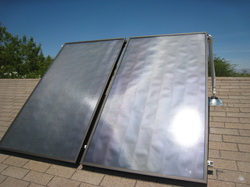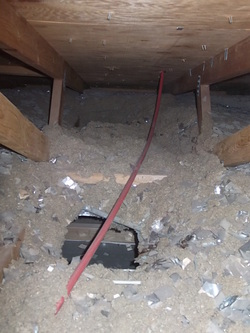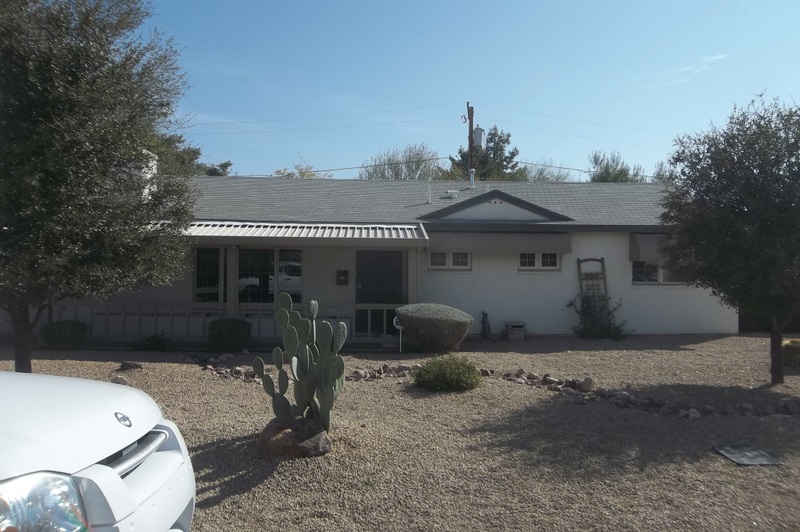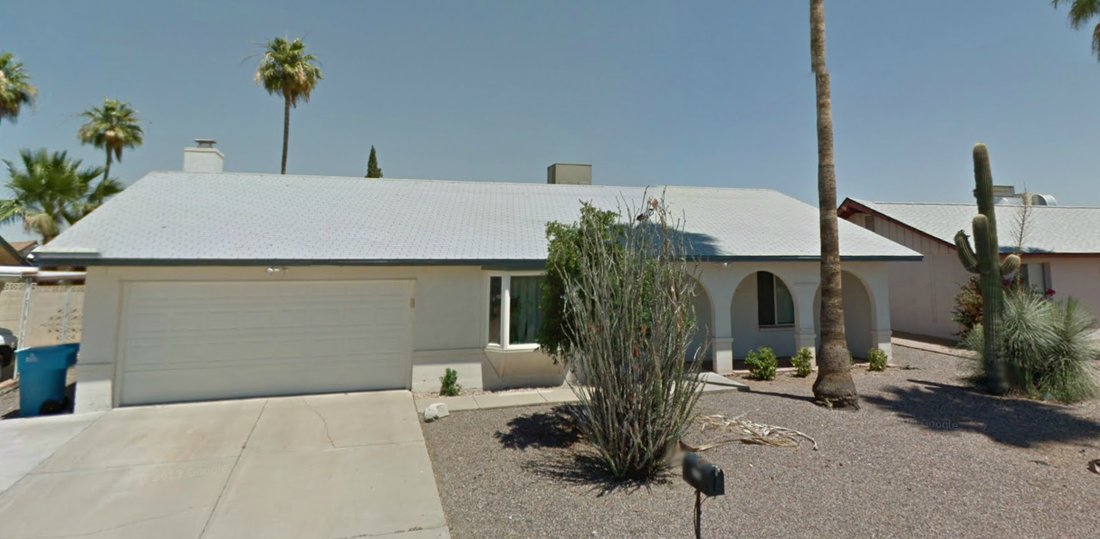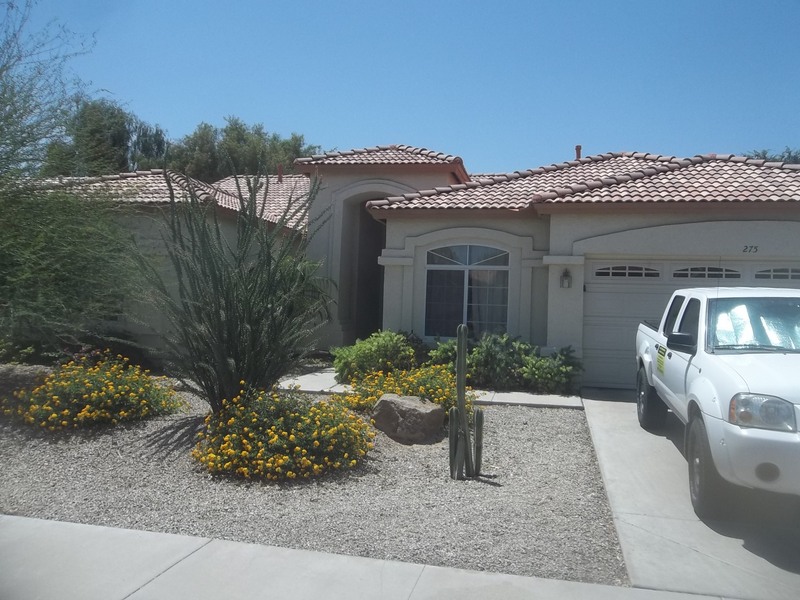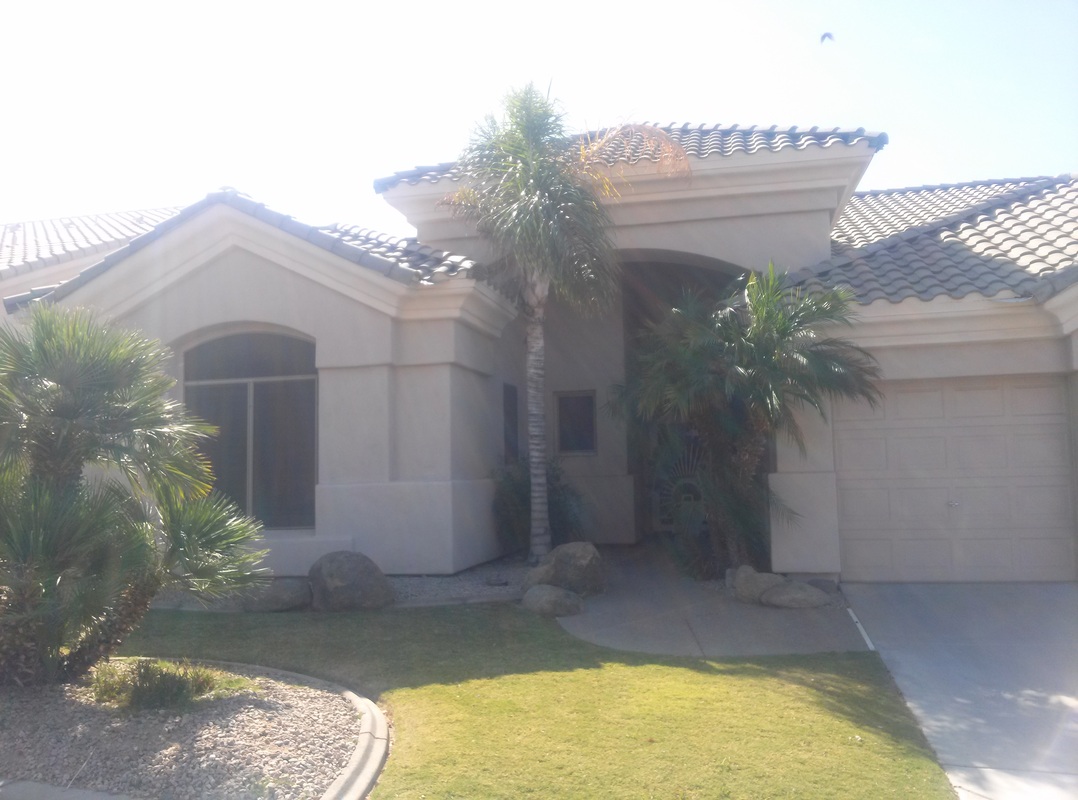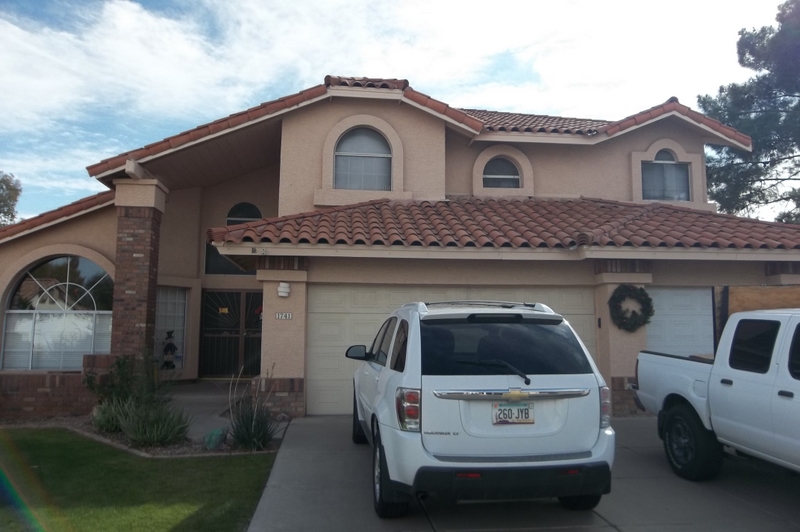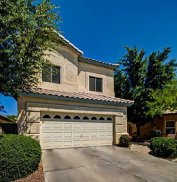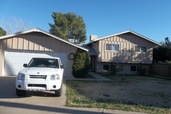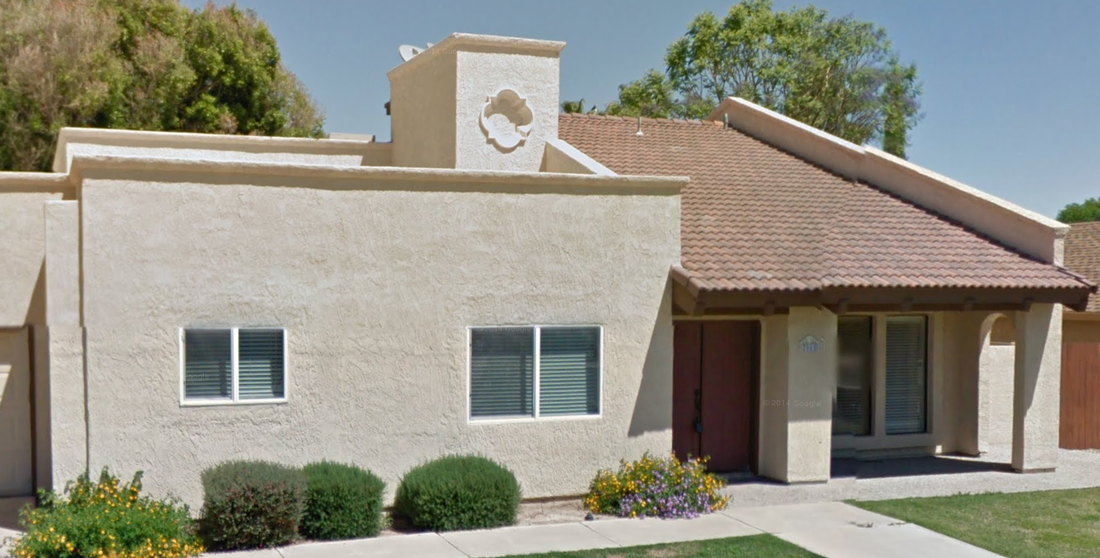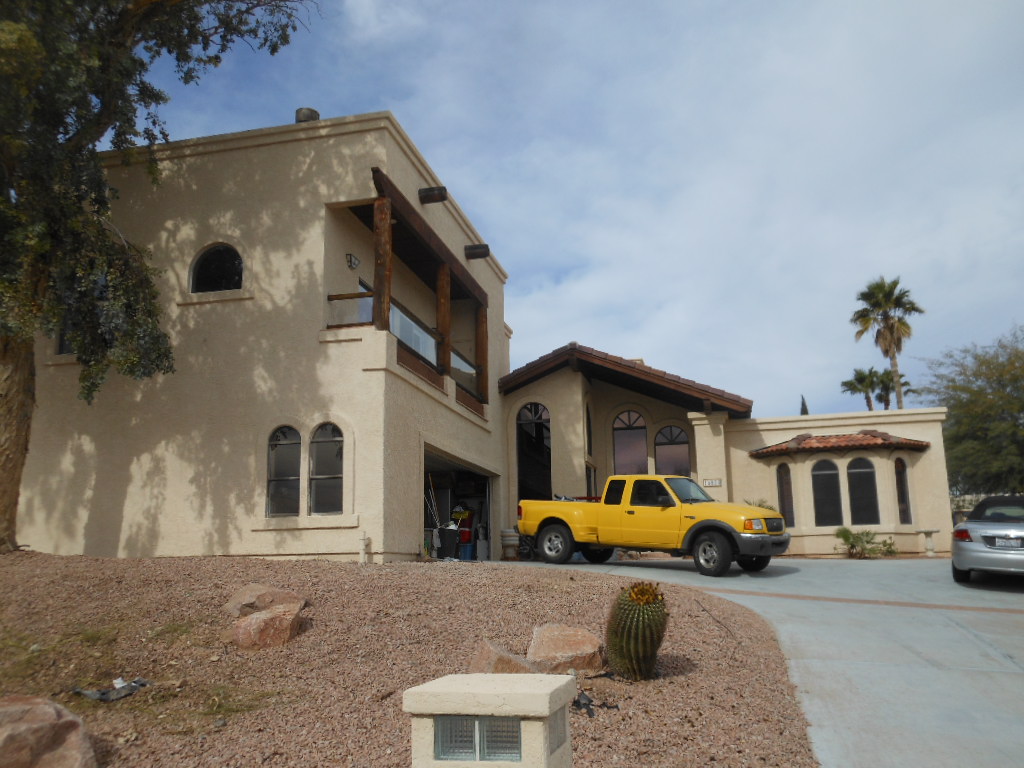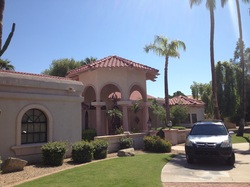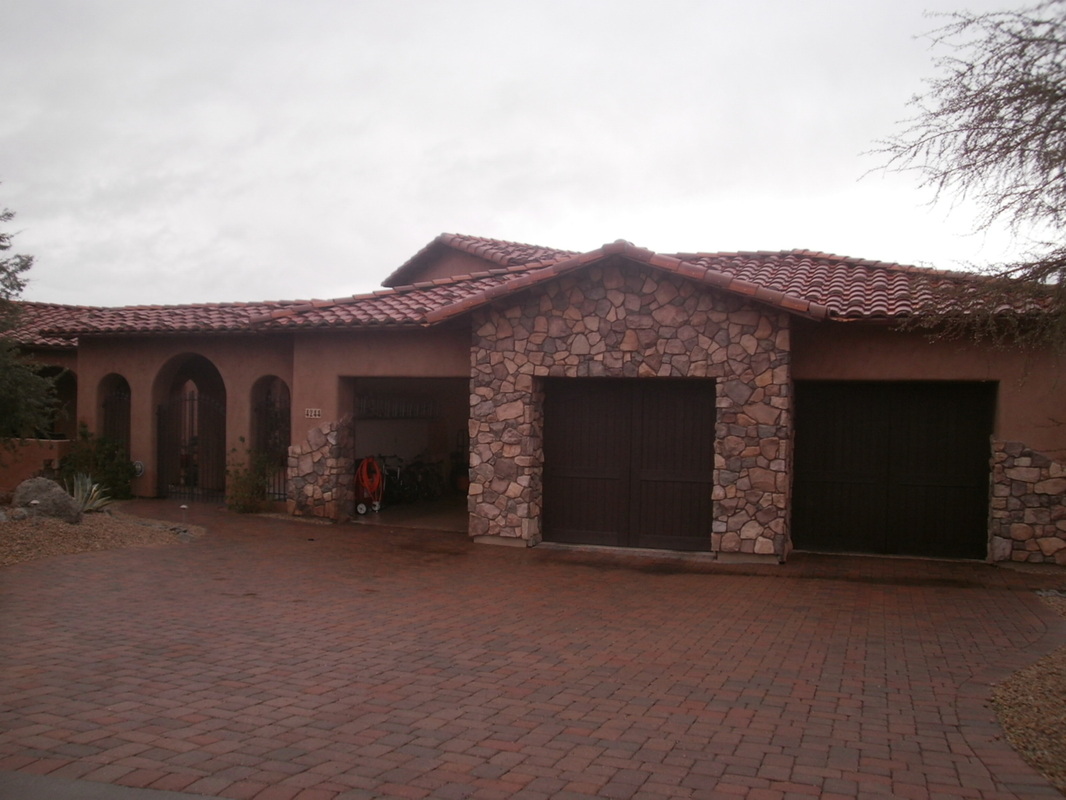|
SRP has come out with great rebate programs and solidified their commitment to 1) energy retrofits upgrades like duct sealing and insulation, 2) renewable energy products like solar panels for electricity and hot water and finally for 3) switching out old appliances. Each of these rebate programs are separate entities that sometimes get confused since they are always changing. For example, SRP solar rebate program has seen better days when solar electricity rebates used to be at $3.00 per watt. Every couple of months for the last 2 years SRP has dropped their solar rebates until the current amount of $1.45 per watt. Now the best and most affordable way to get solar is through a solar lease program that significantly buys down the costs of solar panels. SRP Home Energy Audit Rebates Now the hot program is SRP’s and APS’s Home Performance With Energy Star. This is a national Energy Star program to make homes more healthy, comfortable and efficient. APS and SRP adopted the program to ensure a whole-home approach to reducing energy bills while keeping homeowners safe and with better indoor air quality. SRP requires a $99 energy audit be performed on a home to diagnose the causes of high energy bills, uncomfortable rooms or excessive dust. Once the audit is complete a report will be generated using building modeling software that gives cost savings for each upgrade. The SRP rebates will help pay up to $925 (or more if you have two or more AC units) off the costs of the energy retrofit. The rebates for the Home Performance With Energy Star program are broken down below. Duct sealing 75% off up to $175 per unit. For most homeowners, 20% of their heating and cooling bill is wasted from duct leakage. Air sealing 75% off up to $250. Air sealing work can be complex as your auditor must determine Insulation75% off up to $250 Shade screens $0.80 per sq ft up to $250 SRP has a great visual summary of their rebate program here. http://www.srpnet.com/energy/powerwise/savewithsrp/homecheckup.aspx http://www.srpnet.com/menu/energy.aspx http://www.energystar.gov/index.cfm?fuseaction=hpwes_profiles.showSplash SRP rebates for pool pumps $200 for variable speed pool pump. Each pump has to be calibrated to your pool to ensure that it is not over turning your pool. This upgrade will reduce your bills $200 - $350 per year. SRP also provides a $75 rebate for pool timers. For more information on SRP Pool Pump and Timer Rebate see the following link. http://www.srpnet.com/energy/powerwise/savewithsrp/poolpump.aspx SRP Rebates for AC units Air conditioning systems have become more efficient from federal standards and better technologies. Surprisingly, SRP does not overlap its duct sealing rebates with its air conditioning rebates. With every unit we install, we include a whole home duct seal to maximize the high efficiency AC unit with a properly sealed duct system, otherwise it’s like using an umbrella with holes in it. SRP will help you pay for a higher efficiency AC unit depending on the efficiency ratings. In the AC efficiency world there is a SEER rating, the seasonal energy efficiency ratio, EER rating, the energy efficiency ratio, and HPSF or . In Phoenix, the EER is a more important number to pay attention to because of how hot it gets here. The EER ratio gives a better idea of how an AC will perform under very hot conditions (100 degrees) were the SEER rating gives an idea of performance under milder conditions (89 degrees). SRP recognizes and awards a higher rebate with higher EERs in their AC rebate program. SRP also has a quality installation standard similar to the post test done for the home energy audits that has to be met when installing heat pumps and furnaces in the Phoenix area also. Only SRP qualified AC companies can apply for their rebate for you, but not all of them will perform a duct testing and sealing upgrade. These rebates and companies are separate from the solar rebates and the home energy audit rebates. All the SRP approved AC companies are required to do a sizing calculation called the Manual J calculation. You should ask to see the results from your own home to ensure this was done. The AC rebate program also includes a check of the refrigerant charge to make sure that the unit is properly charged to manufacture specifications and a check of the air flow. Below is a list of the AC rebates available from SRP. SEER 15 with EER 12.0 receives $200 SRP rebate SEER 16 with EER 12.0 receives $300 SRP rebate SEER 17 with EER of 12.0 receives $400 SRP rebate All units must be installed by and SRP approved AC contractor. All contractors must perform a Manual J calculation to properly size the unit (you should verify this since it is not something a typical contractor will do). All contractors should properly charge the unit and check airflow. For more information on SRP AC rebates, check out their link here. http://www.srpnet.com/energy/powerwise/savewithsrp/CoolCash.aspx SRP Solar Rebates SRP solar rebates are divided into solar electricity rebates and solar hot water rebates. Solar electricity for my home was my dream growing up and has proven to be an attractive idea to thousands of homeowners across the Phoenix valley. SRP perhaps did not realize how attractive solar electricity would be since they have lowered their rebate amount dramatically since its inception. As of September 2011, SRP solar electricity rebate is at $1.35 per watt. You can view their current budget and remaining monies available at the link below.
http://www.srpnet.com/environment/earthwise/solar/solarelectric.aspx SRP Solar Hot Water Rebates After City and County applications have been approved, SRP does random inspections of the installation. The solar hot water system must be SRCC rated and have proof onsite. The first 5 feet of your hot and cold water piping should be insulated to at least R-2.6. The panels must be un-shaded during the day for the entire year. The SRP solar water heater rebates are currently at $0.45 per kWh of estimated first year savings (based on the OG-300 ratings), up to 505 off the system’s cost. The OG-300 rating system is based on the manufacturer’s rating by the Solar Rating and Certification Corporation. Also important to consider for solar hot water systems is the federal tax credit of 30% off the cost and Arizona state tax credit of $1,000, which makes solar hot water much more attractive. Typical solar hot water rating systems are around 2,890 kWh per year. An example rebate table is shown below. Solar Hot Water Cost $5,400 SRP Solar Rebate $1,300 Arizona Tax Credit $1,000 Federal Tax Credit $1,620 Net Cost $1,480 Annual Savings $425 Simple Payback 3 years
1 Comment
So you are doing your due diligence by researching whether or not radiant barrier is a scam is true. Radiant barriers installed in existing homes have generated a lot of confusion and controversy. As energy auditors we know that too often energy saving claims have become grossly bloated from 20% of air conditioning bills to 20% of your entire electricity bill, which is quite different. Consider this, if heat gain into a home with good insulation is only 15% from an attic, how can a radiant barrier reduce the energy bill by a minimum of 25%? It’s impossible! A homeowner today should also be aware that there is no one energy saving upgrade that will create a high performing home in terms of comfort, lower air conditioning bills and air quality. Homeowners should therefore be considerate of alternative recommendations such as duct sealing and air conditioning tune-ups to work in conjunction with a radiant barrier. The Department of Energy has performed studies and written articles on radiant barrier foil and has concluded it works by reducing attic temperatures and thus reduces heat gain into a home. What is the problem then? We will cover that later but first I’d like to go over the different types of radiant barriers on the market. Radiant barrier paint, radiant barrier chips and radiant barrier foil are the three types of radiant barriers. We do not support the installation of radiant barrier chips or radiant barrier paint. Radiant barrier paint can be diluted in the field with water and will lose its effectiveness when applied. I’ve seen many houses where the radiant paint looks more like gray paint rather than a reflective paint, which is a sign of dilution. Radiant barrier paints also has lower performance standards with higher emittance values and lower reflectance values than traditional radiant barrier foils. Radiant barrier chips are not recommended because installers usually do not install them with enough density to cover the entire surface area of the attic and they can be easily moved. Besides the radiant barrier paint and chips, we do support the use of radiant barrier foils. The radiant barrier foil comes either in single or double sided; breathable with ventilation holes or it may not have any ventilation; or has a foam core with some insulation value to it. By itself, a radiant barrier has no insulation value because it reflects radiant heat from radiation, unlike insulation that slows down the transfer of heat through conduction. Radiant barriers should also be installed along the roof trusses whenever possible compared to laying along the attic floor.
How Much Heat Comes From The Attic? Surprisingly, not as much as you would think. According to APS and SRP studies only 14% - 20% of your utility bill is driven by heat gain from the attic, most of it comes from windows. I can also validate these findings from my personal experience modeling hundreds of homes in the Phoenix area under the APS energy audit program and SRP energy audit program. On a side note, there is up to $1,000 in APS rebates and SRP rebates available for home energy upgrades. Visit the APS Energy Audit Program and SRP Energy Audit Program for more information. If There Is No Radiant Barrier Scam, Then Why Do Most Fail? The problem just like a driving a Prius with a hole in the gas tank - is how it is installed and a lack of understanding of what homes it will have an effect on and what homes it will do nothing for. Most radiant barriers are sold by a sales consultant who is not a certified energy consultant and will sell radiant barriers to every home they go to and over promise on their performance. A comprehensive energy audit should be performed with a blower door test and by a BPI Certified auditor to test and identify the real causes and solutions to reduce energy bills and eliminate hot and cold rooms. In an attic with R-38 insulation, the heat gain into the house is small and is approximately 80% conduction and 20% radiation. The radiant barrier is going after that 20% of heat gain which may not be the most cost effective option. There are certain cases where a radiant barrier would be a good choice for your home, but Green ID will not sell or install radiant barriers where it is not needed or better options exist. Related posts: Here a list of the top ten tips to avoid in energy efficiency scams. Does Aeroseal duct sealing work? An energy auditors review. Have hot rooms? Here is a what may be causing it. |
Sign Up For Your Home Energy AuditFIND YOUR HOME TYPERanch HomesSingle Story, Spec HomesTwo Story, Spec HomesTri-Level HomesPre-1990 Custom HomePost-1990 Custom HomeDon't See Your Home? Find Your City Below!Archives
April 2024
Copyright Notice©2009 – 2023
All Rights Reserved |


